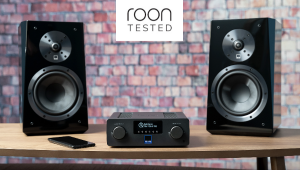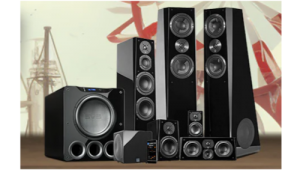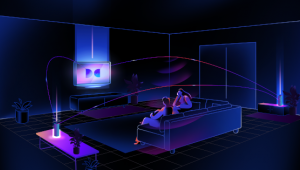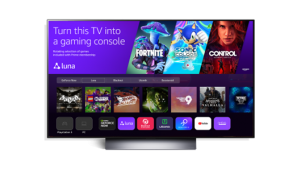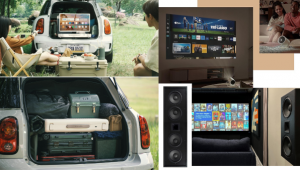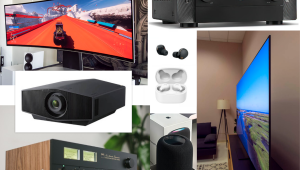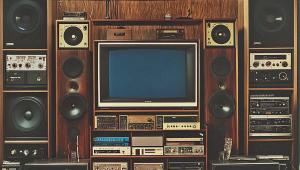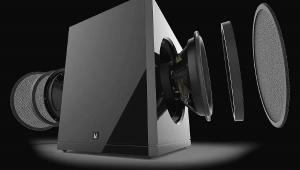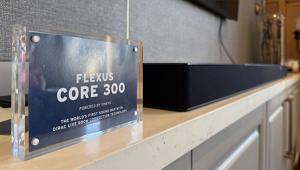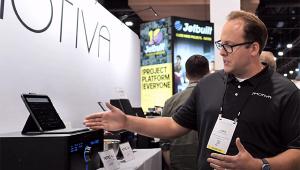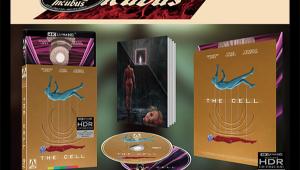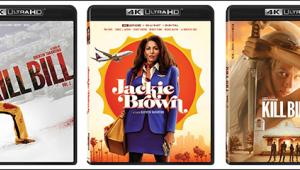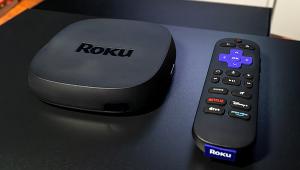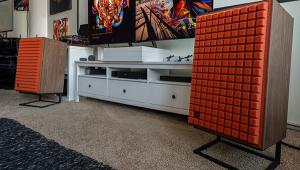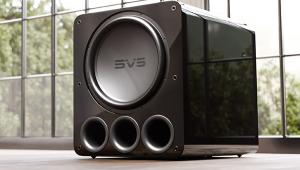3DTV Potent But Still Faces Obstacles

The study, "Focusing on the 3DTV Experience," brought 425 randomly selected people to the CBS TV City Media Lab in Las Vegas. In a condominium that imitated the home viewing environment, subjects watched a 30-minute compilation video, then answered questions about the experience.
Most of them liked it. Nearly 57 percent said it made them feel "part of the action" and 48 percent said it made them feel more engaged. Another 47 percent said 3DTV would induce them to watch programs that normally wouldn't interest them. Though 77 percent said 3D is better suited to movies or sports than to everyday viewing, it still enhanced a wide variety of programming, also including action/adventure, nature/animals, travel, sci-fi, and concerts.
Even so, the desire to actually buy a 3DTV within the next year "decreased after seeing a demonstration of the technology, experiencing the glasses, and learning more about product costs," said Nielsen's Frank Stagliano. Those reporting turnoffs included 68 percent for the set's cost, 57 percent for having to wear the glasses, another 45 percent for discomfort while wearing the glasses, and 44 percent for not enough 3D programming.
"While costs and content availability will be addressed over time, the purchase hurdle for the glasses could be a longer term barrier," the study said. One reason may come as a surprise: 89 percent of respondents said the glasses prevented them from multitasking. Given that this survey was done in a home-like environment, as opposed to the retail floor, this may be a significant discovery. Though Nielsen didn't say so, it suggests to us that while active shutter glasses currently provide the best 3DTV picture quality, the no-glasses technologies may have more of a future.
See press release.
- Log in or register to post comments







